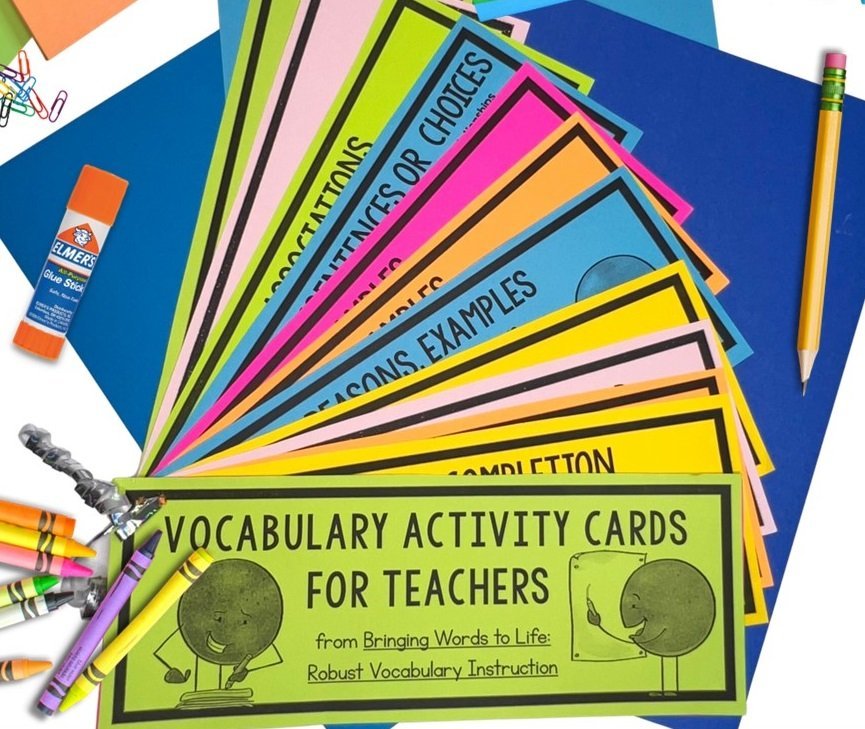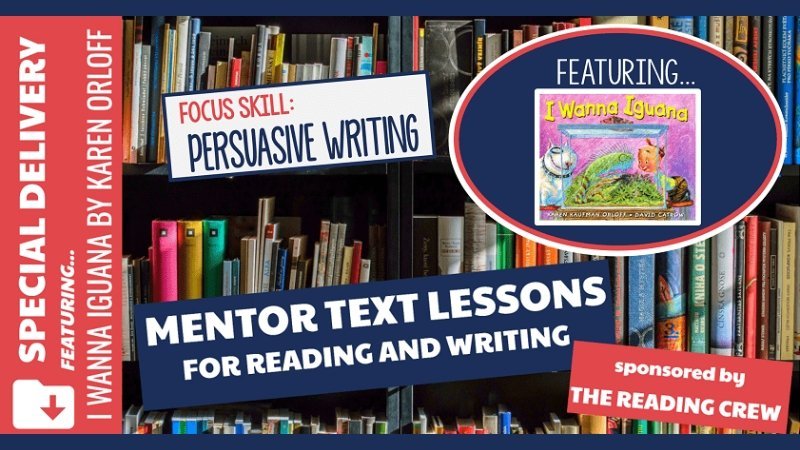
Reading aloud to your students is a classroom tradition. If you ask students what they remember most about their time with Mrs. So and So, chances are pretty good that the students will mention the books Mrs. So and So read to them. In surveys with teachers, sharing favorite books with students is often one of the top teacher loves. This classroom tradition is wonderful to be sure, but in this post, I’d like to share ways that interactive read alouds can be used for instruction and skill building. Interactive read alouds and mentor text lessons link instruction to the warm feeling of oral reading.
INTERACTIVE READ ALOUDS DRIVE DISCUSSION
One of the biggest benefits to using a great read aloud is in the discussion stimulated by a book’s message or theme. Discussion is key to ensuring student engagement, and the best books to use are those with deep themes or characters. These titles are some of my favorites because of the discussions they stimulate.
Each Kindness by Jacqueline Woodson
Each Kindness by Jacqueline Woodson is not a warm fuzzy book by any means. It is about a young girl in poverty and in foster care who enters an unwelcoming classroom. She is left out and teased, but suddenly, one day, she is gone. The students are left with the guilt of how they treated her and that they would never have the opportunity to apologize.

How can this type of book be used to drive discussion and help students connect to the themes? The unit I created to go with the book includes comprehension activities, a classroom kindness lapbook, and a class book. Discussion is woven throughout the unit.
-
Sale Product on saleEach Kindness by Jacqueline Woodson Activities, Kindness Lapbook, Black History
$5.99Original price was: $5.99.$4.50Current price is: $4.50.
Thank You Mr. Falker by Patricia Polacco
Thank You Mr. Falker by Patricia Polacco is another fantastic choice for the beginning of the year as you’re working to set goals and build community. Not every student learns in the same way, and it’s important to recognize every child’s talents. I love this book for so many reasons, but the biggest reason is that it demonstrates the importance of perseverance. When students can identify with the main character’s feelings, the way she responds to the challenges faced, and the connections she feels with her teacher, I think that’s powerful and shows students that they too can work through their challenges with the loving support of their teacher.
Amazing Grace by Mary Hoffman
The last book I’ll highlight from this collection as a great one for the beginning of the year is Amazing Grace by Mary Hamilton. Are you familiar with series? If not, be sure to look for it. Grace is spunky and creative, and she will not accept “No!” or “You can’t!” as an answer. She is the epitome of what we want every child in our classrooms to be. She sets her mind on being Peter Pan in the school play even though other kids tell her she can’t do it. The unit I designed for it focuses on cause and effect relationships, questioning, character, and writing. You can explore how the work we do leads to great results and what motivates your students.
SKILL MODELING WITH INTERACTIVE READ ALOUDS
Great read alouds are also perfect for skill modeling. Carefully selecting just the right book for the skill you want to model is really important. To plan, I recommend you mark teaching points with sticky notes. This helps keep the lesson focused on the skill you’re practicing. If you’re looking for a particular skill, I’d suggest you start with the Pinterest board below. It is a collaborative board sponsored by The Reading Crew, a group of literacy bloggers I’ve gotten to know through the years. We pin our mentor text lessons to the board as well as links to other mentor text suggestions and lessons.

As you can see, there are book recommendations by skill, but you’ll also find links to many of the mentor text posts we’ve shared in our quarterly link ups which often include resources to use with the books too. With each lesson suggestion, the key to skill modeling is effectively using Think Aloud to model and practice the skill.
BUILDING VOCABULARY WITH INTERACTIVE READ ALOUDS

Many students start school with vocabulary lags, but it is possible to fill the gaps and provide students with rich vocabulary instruction and exposure to new words.
As books are shared with students, we can preselect tier 2 words to explicitly teach and use with our students. The key to vocabulary growth is the extended use of the chosen words. It takes 12-15 uses of a word for a word to understood and used. Words pulled from interactive read alouds can be posted, referenced, used by the teacher in conversation, and reviewed with catagorizing activities. Over time, the words will become known and used.
EXTENDING THEMES AND CONCEPTS
Interactive read alouds help with many aspects of teaching, but one of the biggest benefit (in my opinion) is in the extension of themes and concepts. We are able to teach deeply when we share texts from different authors and from different angles. In fact, I see this same process working well with not just literature, but also with carefully selected news or magazine articles, themed poetry, and nonfiction. We can make comparisons between texts to focus on the most important concepts or lessons.

Let’s take the example of Amazing Grace. The author’s message is to never give up on your dreams and aspirations. Grace is determined and works hard to prove herself. If I am wanting to establish the expectation that all students should set goals and work hard to meet them, I would also include the books, Wilma Unlimited, a biography of Wilma Rudolph and Brave Irene, but also the character building poetry I’ve written. I have a poem called, “Can You Persevere?“
OTHER POSTS YOU MIGHT LIKE

Interactive read alouds are not the story time of the past, and one of the most important points I’d like to make before closing is that anyone can use these techniques. Consider modeling an interactive read aloud for parents you plan to have read to your class or as part of a parental involvement night. Not only will students enjoy hearing great books, they’ll get the added benefit of thoughtful discussion and vocabulary instruction. Interactive read alouds are powerful teaching tools that we can grab right from our libraries.
If you’re looking for more ideas on how to use great literature or on interactive teaching, check out the posts below:
For Specific Skills, check out the Mentor Text Category.
How do you use interactive read alouds in your classroom? Take a minute to share your thoughts.



















